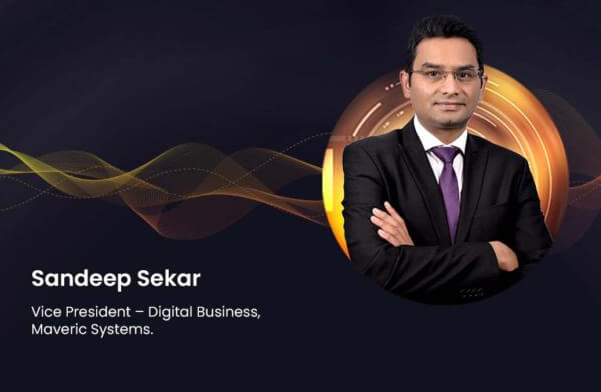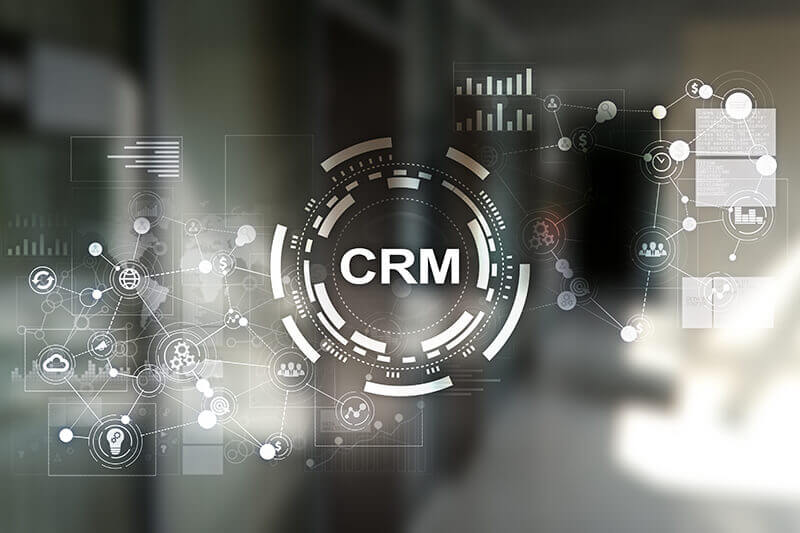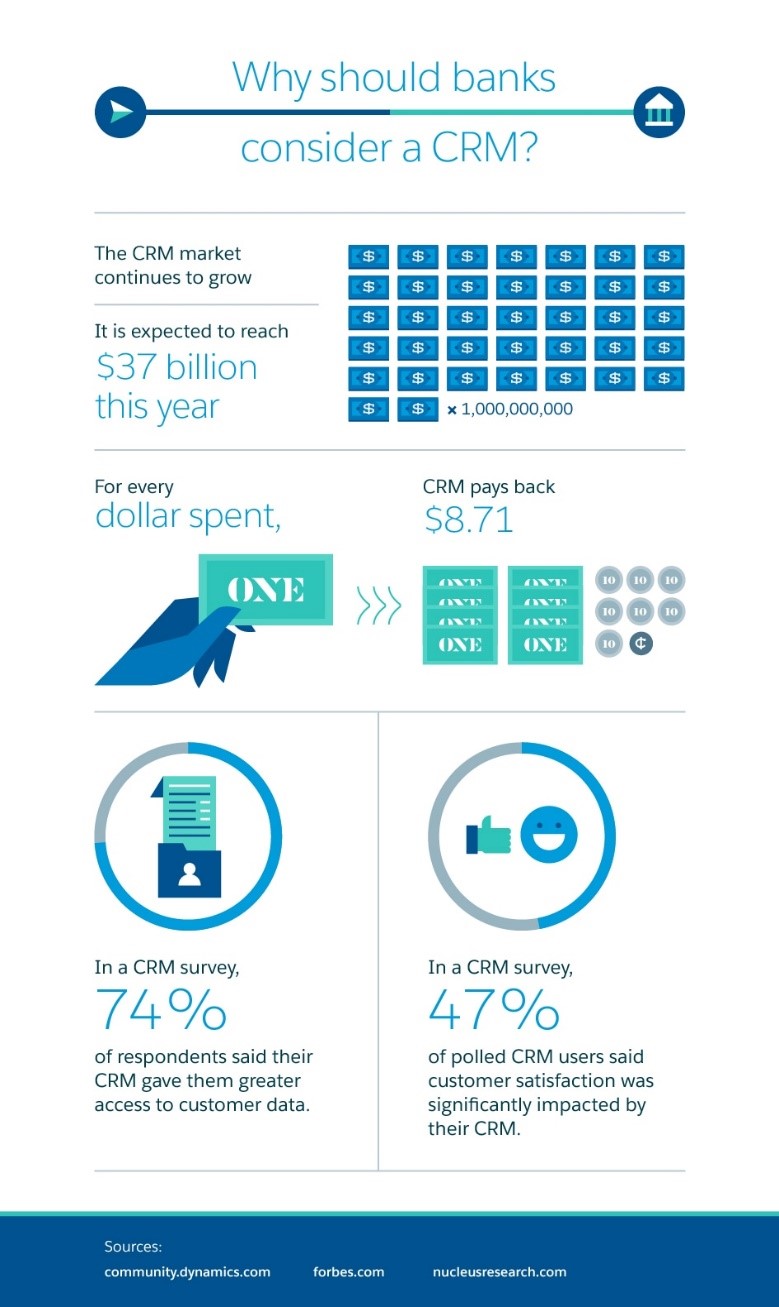The leap from modernizing to transforming the enterprise IT space

Being a solutions provider in an ever-evolving industry means constantly stepping up your game. With the drive to be ‘disruption architects’, organizations are diving into digital transformation as opposed to just modernizing. As enterprises are confronted with new market developments, shifting customer preferences, new compliance rules as well as competitive challenges- they are scaling up their functions. Transformation via reengineering existing legacy systems, renewing ERP systems, and rewriting processes—are now more crucial than ever. According to the TechTrends 2020 report by Deloitte, CIOs recognized that their existing systems lacked the agility to innovate and scale, with 64 percent CIOs rolling out next-generation ERP or modernizing archaic platforms. Thus, the overarching vision of emerging as a holistic enterprise is underpinned by increased investments in cloud, core modernization, comprehensive cyber risk strategies, and more.
Before we go further, let us first understand the difference between digital transformation and IT modernization
Digital Transformation v/s IT Modernization
‘Digital transformation’ and ‘IT modernization’ are the latest buzzwords and understandably so. However, there is a discernible gap in their comprehension as they are commonly used interchangeably. Let us first delve into what differentiates them and how enterprises adopt them to embrace perpetual change.
Digital Transformation (DX) is a holistic adoption of rapid, high-impact overhaul of how a company operates, supports its customers, and develops new businesses by embracing innovative technology. If digital modernization is a step forward, digital transformation is a giant leap. Mandated typically by the leadership level- CEO or CIO, digital transformation is undertaken to achieve a market impact through end-to-end orientation. AI, automation, IoT, cloud migration, and other advanced technologies are transforming the way businesses function today, necessitating a fundamental shift in corporate philosophy, culture, and business models.
IT Modernization in a nutshell is upgrading to new business-enabling technology such as cloud services, email and collaboration platforms, and vital systems like ERP, logistics. The aim is to improve existing processes, increase efficiencies, and be economical. Infrastructure and operations are frequently the focus of digital modernization, with a particular “digital” emphasis on a more engaging front-end user interface and user experience. With the vision of driving impactful business decisions, this shift is mandated by middle management.
Key Characteristics of Digital Transformation
While IT modernization shares some key attributes with digital transformation such as automated productivity, streamlined processes etc, there are some stark differentiators that make digital transformation a concept on its own. Some key characteristics of digital transformation can be identified as-
Holistic remodeling– DX is not confined to technology or disruption, it’s all about value, people, optimization, and the ability to quickly adapt through intelligent application of technology and data. In practise, end-to-end customer experience optimization, operational flexibility, and innovation, along with the development of new revenue sources are key goals and desired results of DX. The factors that have contributed to this phenomenon are evolutions such as big data, advanced analytics, cloud computing, artificial intelligence, machine learning among many others
- Integration of data and process– It is imperative to keep data integration at the heart of your digital transformation remodeling journey. The integration will assist you in eliminating silos and achieve your company’s vision of modernized technology-embedded processes. With data integration done at the onset of your transformation program, you will be able to construct a modern platform upon which to build your new processes. Thus, there is an ecosystem built to make your old and new processes coexist as the process isn’t restricted to just consolidating source systems
- Leadership communication– Digital transformation compels the C-suite level management to be at the nexus of the journey and put in innovative efforts. With the decision of transforming from the grass-root level comes the need to address your employees’ concerns and queries. With the advent of DevOps and agile work styles, the CIO’s position becomes more cross-functional – to cooperate and innovate with their associates to provide new products and capabilities at an unprecedented pace
Investment in the right direction
According to a report by Statista, in 2022, spending on DX is projected to reach ~ US$ 1.78 trillion whereas between 2020 and 2023, investments are forecast to amount to almost ~US$ 7 trillion. So, let’s delve into the top areas of investment for digital transformation.
Leaders are more likely to invest in the internet of things (IoT), cloud computing, artificial intelligence (AI), and advanced cyber protection as they foray into digital transformation. Investing in cloud-native applications will help to maneuver seamlessly as these solutions are devised to effectively operate in private, public or hybrid cloud. These processes leverage prominent technologies like Microservices, Containers, DevOps, and Automation to deliver swift innovative transformation.
Parallelly, the leadership team should also constantly examine personnel requirements, investment strategy, and financial restrictions as they drive transformation. Stalled conversions are frequently caused by insufficient operating models and a lack of domination.
Leading by example
A leading global bank engaged in digital transformation with the aim of resolving challenges on various fronts such as manual processes, customer experience, employee productivity, and mitigating risks. The firm focused on building CoE and developing RPA applications to accelerate their processes and tackle challenges. Through digital transformation, the bank was able to create a CoE that helped standardize, document, and govern their automation program- freeing up 2,500 work hours that they applied to higher-value tasks.
Foresight driven approach
As challenging as digital transformation seems, it is imperative to position it at the forefront of every organization’s way forward plan. While the pandemic has pushed the momentum of digital transformation, it is becoming increasingly crucial to improve customer experience and increase operational efficiency. Thus, adopting an integrated approach at various functional areas will remodel your enterprise into a holistic one.
Views expressed in this article are the personal opinion of Sandeep Sekar, Vice President – Digital Business, Maveric.
Disclaimer – The Banking & Finance Post
View

































